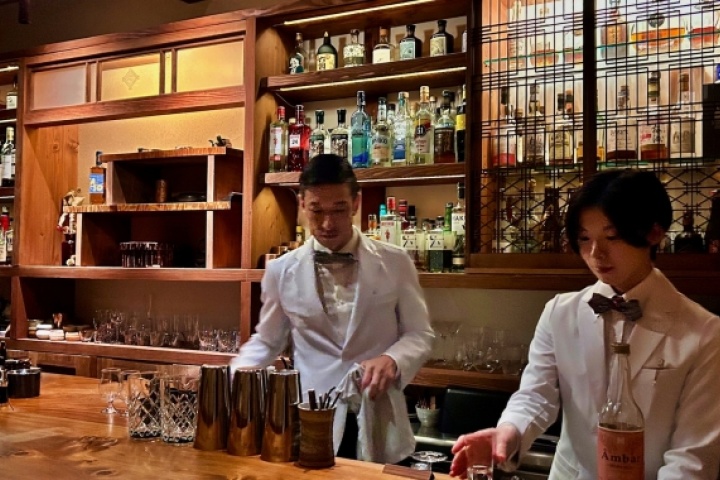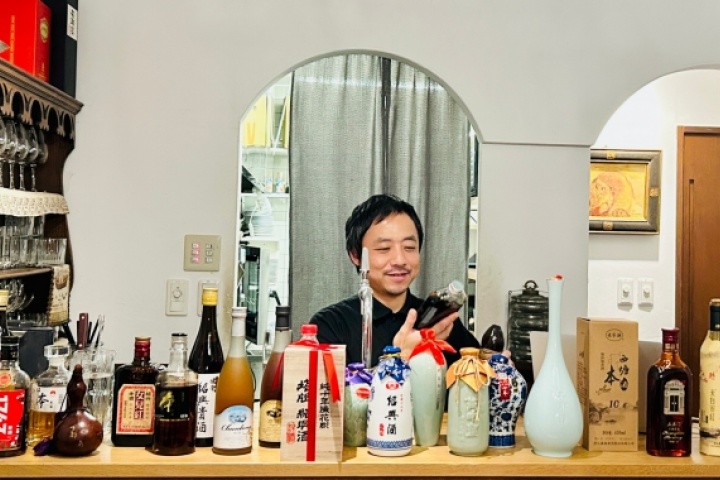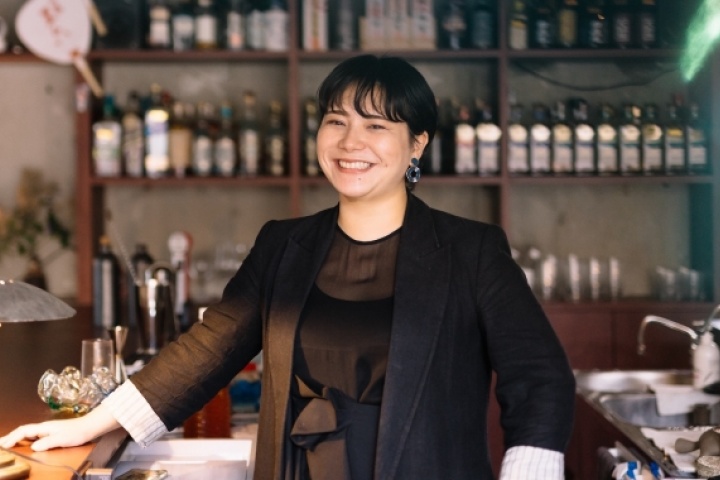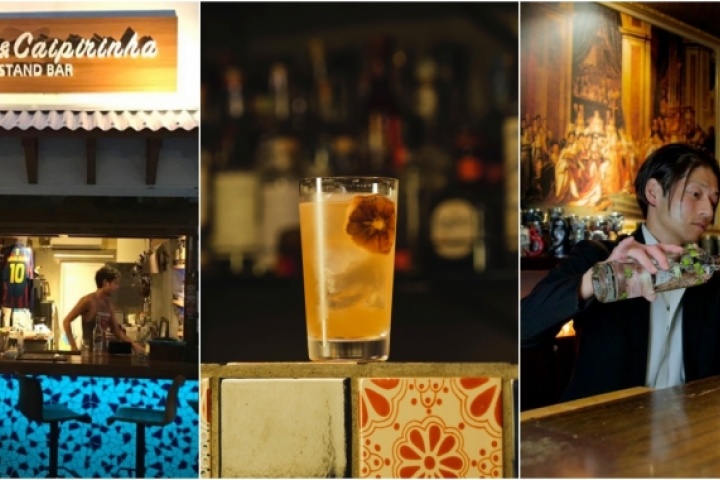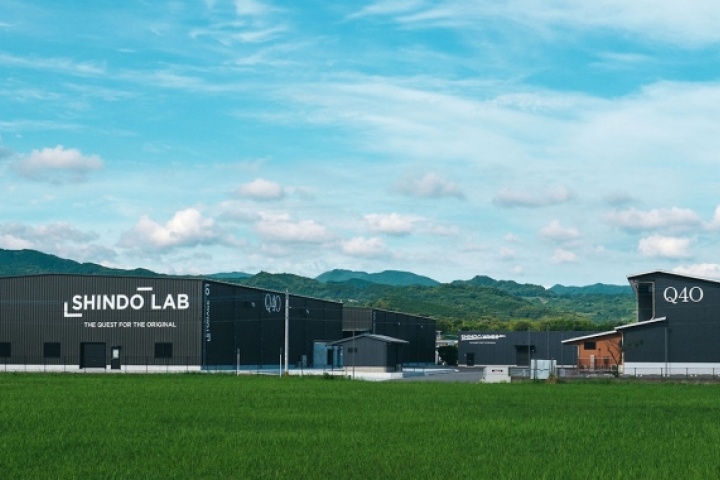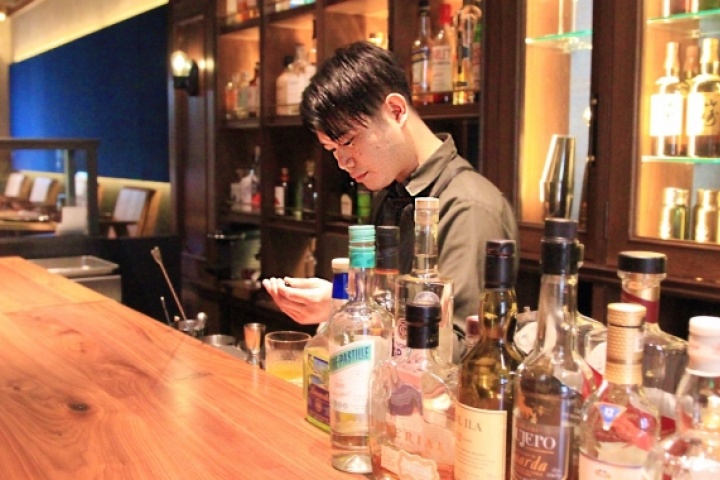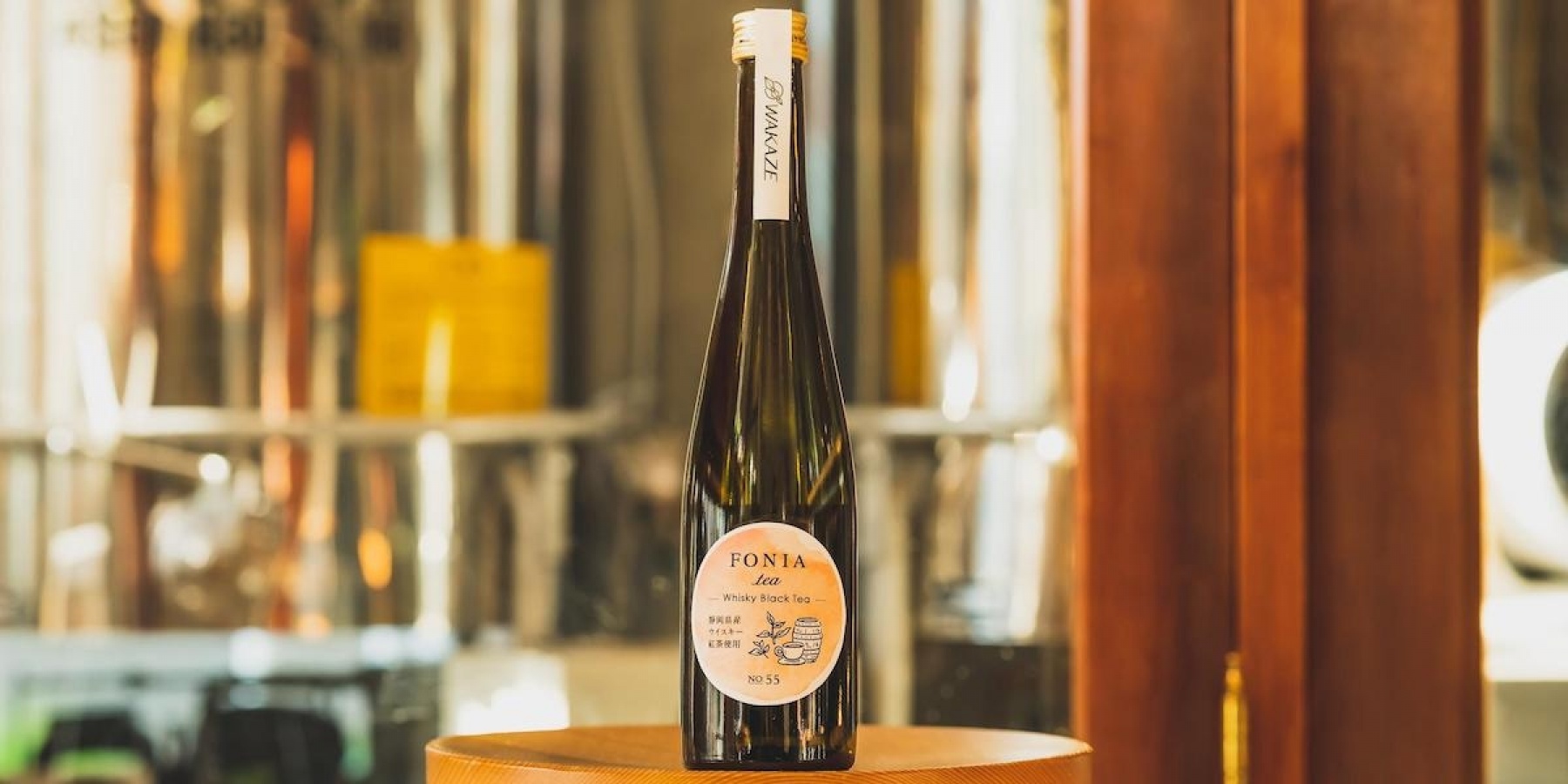
PICK UP
The good relationship between tea and fermentation <Part 1>
What is tea brewing by the remarkable Generation Z?
#Pick up
戸田京介さん from「WAKAZE」
writer:Ryoko Kuraishi
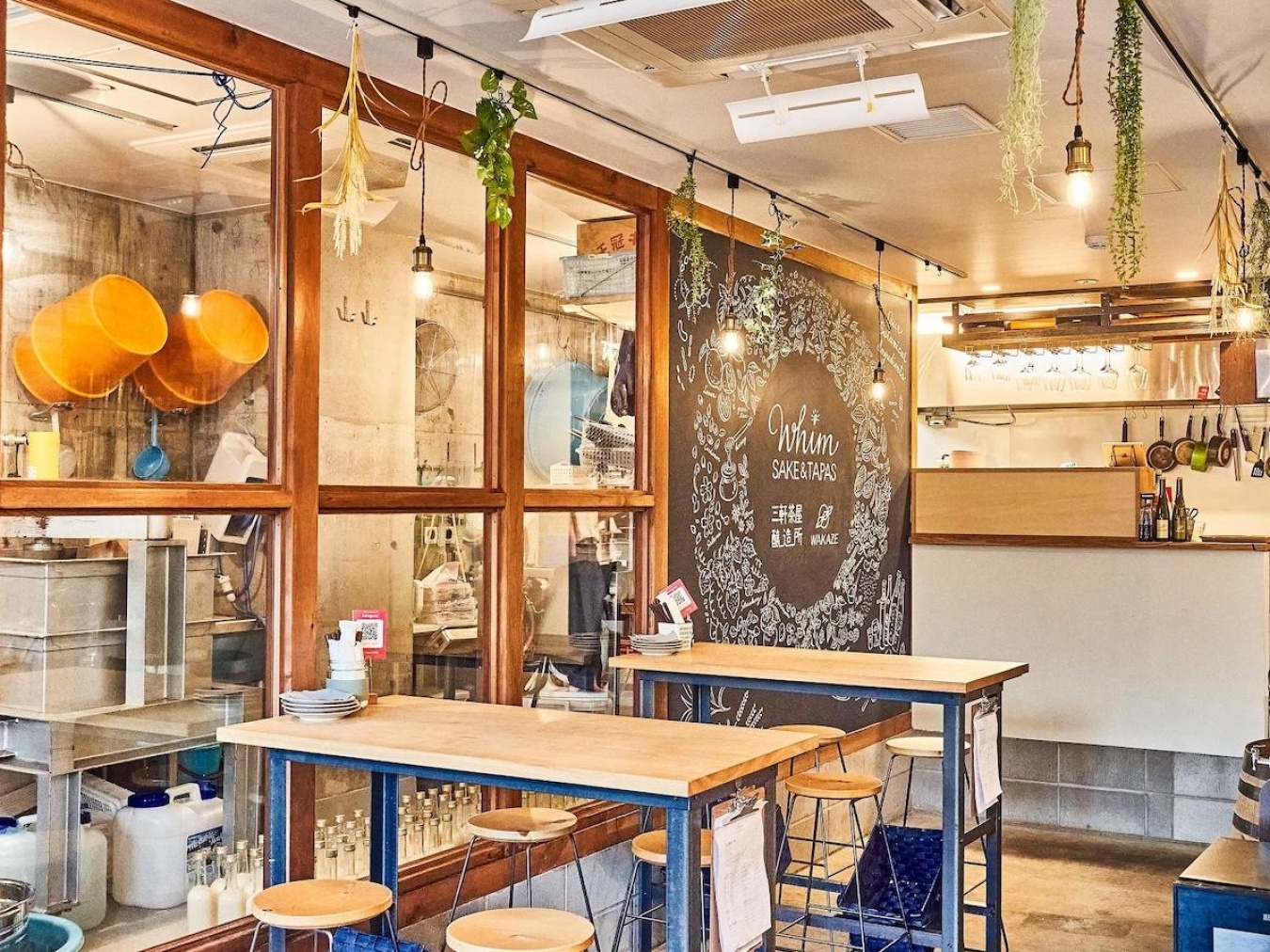
Sangenjaya Brewery, which can be described as the "laboratory of WAKAZE".A doburoku brewery and a restaurant are also located here.
A microbrewery that aspires to innovative brewing.
WAKAZE is a high-profile sake venture that is developing and promoting a "new generation of SAKE".
Although the brewery is small in scale, it focuses on innovation and diversity in its production, and has attracted attention for creating completely new products.
One ingredient that has been actively used by WAKAZE since it first started brewing sake is tea leaves.
The reason for focusing on tea is that it has a flavour that is familiar to the Japanese and is a highly versatile ingredient.
As both tea and sake are beverages with a long history and culture, we thought it would be a new challenge to fuse the two.
Currently, there are more than ten tea-based recipes.It is said that 1/10th of the line-up brewed by WAKAZE at the Sangenjaya Brewery is made from tea leaves.
This month, we feature FONIA tea - Whisky Black Tea recipe no.055 (hereafter 'FONIA tea - Whisky Black Tea'), which was newly developed by WAKAZE.
It was developed by TeaRoom, the most promising tea start-up at the moment, and is said to be made by brewing Japanese black tea that has been aged for a long time in domestic whisky casks and put into sake in the fermentation process.
Let's talk to Kyosuke Toda, a young toji at Sangenjaya Brewery, about how it was developed.
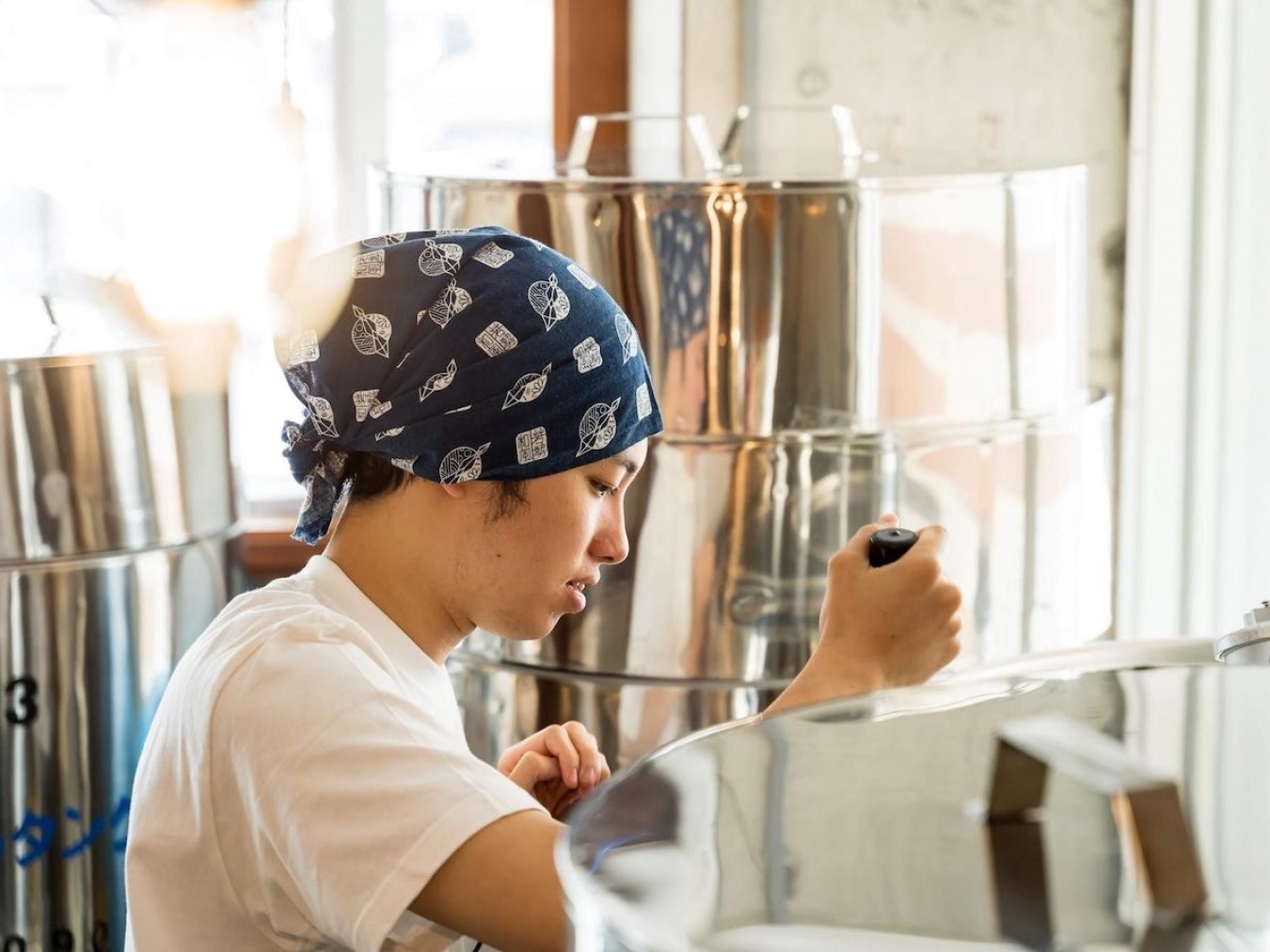
Mr Toda is the toji at Sangenjaya Brewery.He became involved with WAKAZE as a part-time worker while at university, and has been the brewery's toji since the beginning of 2020.Now he is interested in 'agriculture'.The aim is to produce 'Farm to Brew' sake.
The FONIA series, which is synonymous with WAKAZE, is a brewed sake in which botanical ingredients are fermented together with rice in pursuit of new flavours, and the aroma and flavour of sake is brought out by combining various botanical ingredients, mainly tea.
For example, the popular FONIA tea ORIENTAL combines the aroma and astringency of jasmine tea with secondary ingredients such as hibiscus, rose red petal, orange peel and coriander seeds to create a well-balanced astringency and bitterness with a gorgeous aroma.and bitterness.
A special feature of this series is that tea leaves are introduced during the fermentation process of the liquor.
The botanical ingredients are macerated during the fermentation of the unrefined sake, which is the difference between this series and liqueurs, which add secondary ingredients at the end.
Ryo Iwamoto of TeaRoom, who was interested in brewed sake using tea leaves, visited 'WAKAZEThe collaboration started when Ryo Iwamoto from TeaRoom, who was interested in brews using tea leaves, came to visit WAKAZE.
While Toda and the WAKAZE team were deepening exchanges, including a visit to the TeaRoom factory in Shizuoka, Iwamoto-san introduced them to whisky black tea.
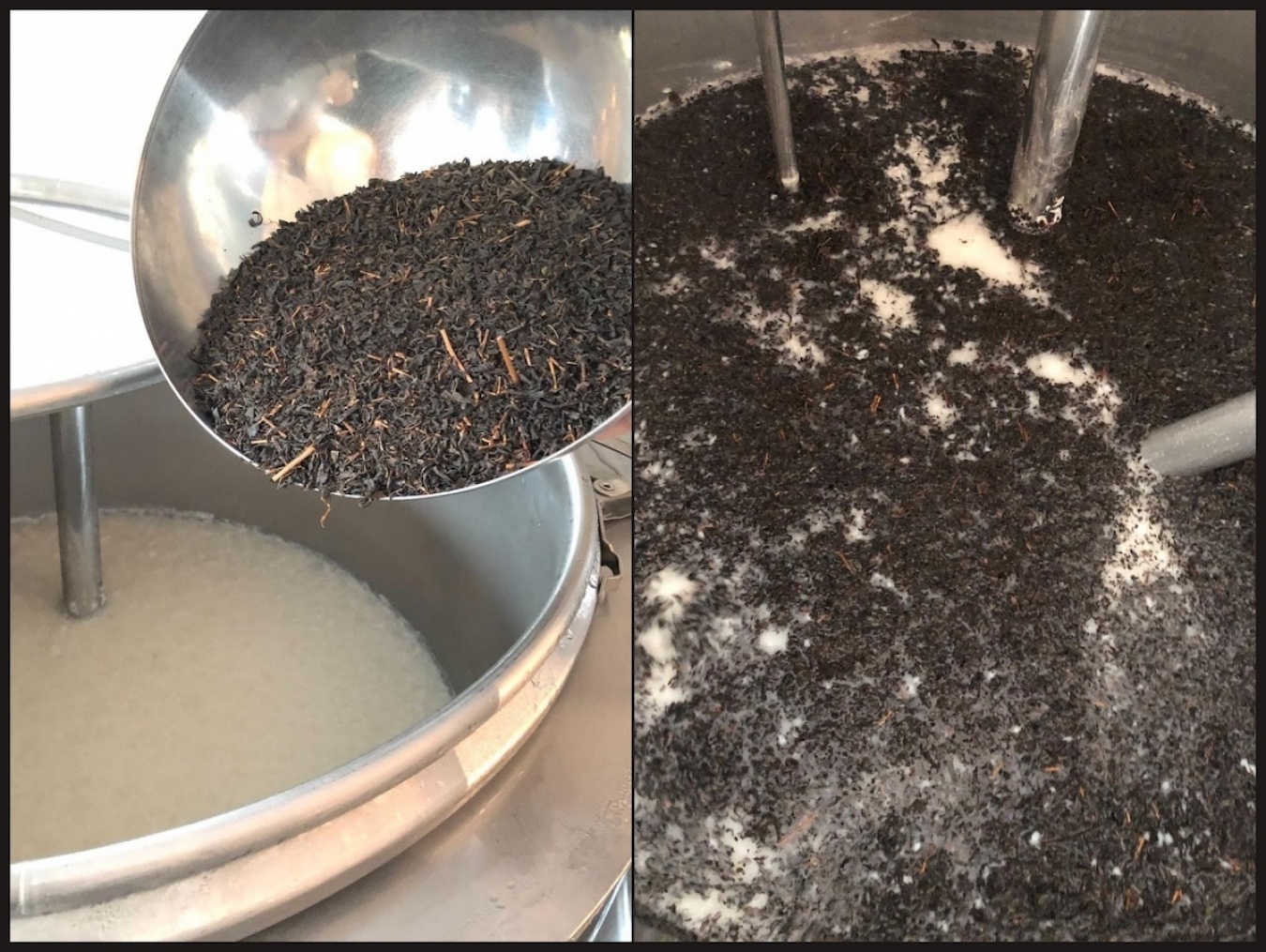
On the left, tea leaves are introduced during the fermentation process of the liquor.Fermentation is then encouraged in the unrefined liquor (right).
和紅茶の甘み、ウイスキー香、白麹由来の酸味。On the left, tea leaves are introduced during the fermentation process of the liquor.Fermentation is then encouraged in the unrefined liquor (right).
Japanese black tea is characterised by its sweetness derived from Japanese tea, and whisky black tea is a flavoured tea based on this sweetness.
By letting it rest in the barrels used to mature Japanese whisky, Mr Iwamoto and his team have perfected a whisky black tea with the sweetness unique to Japanese black tea, the whisky aroma that seeps into the barrels, and a vanilla-like oak flavour.
I knew in my head that black tea and whisky matched, but when I actually tasted it, the taste was beyond my imagination.
The whisky aroma is aromatic, yet the oak flavour is not too strong, and the fragrance is subtle after the soft aroma of Japanese black tea.
We thought this was interesting and started developing 'FONIA tea - Whisky Black Tea'.
What Mr Toda aimed for was a soft and relaxing flavour.Mr Toda's goal was to create a soft and relaxing flavour.
The aim was to find a balance where the flavour of the rice is retained and the aroma slowly spreads.
The key is white koji.
White yeast rice, which produces citric acid, is not normally used in sake brewing, but the use of this yeast rice adds a light, refreshing acidity, similar to lemon tea.
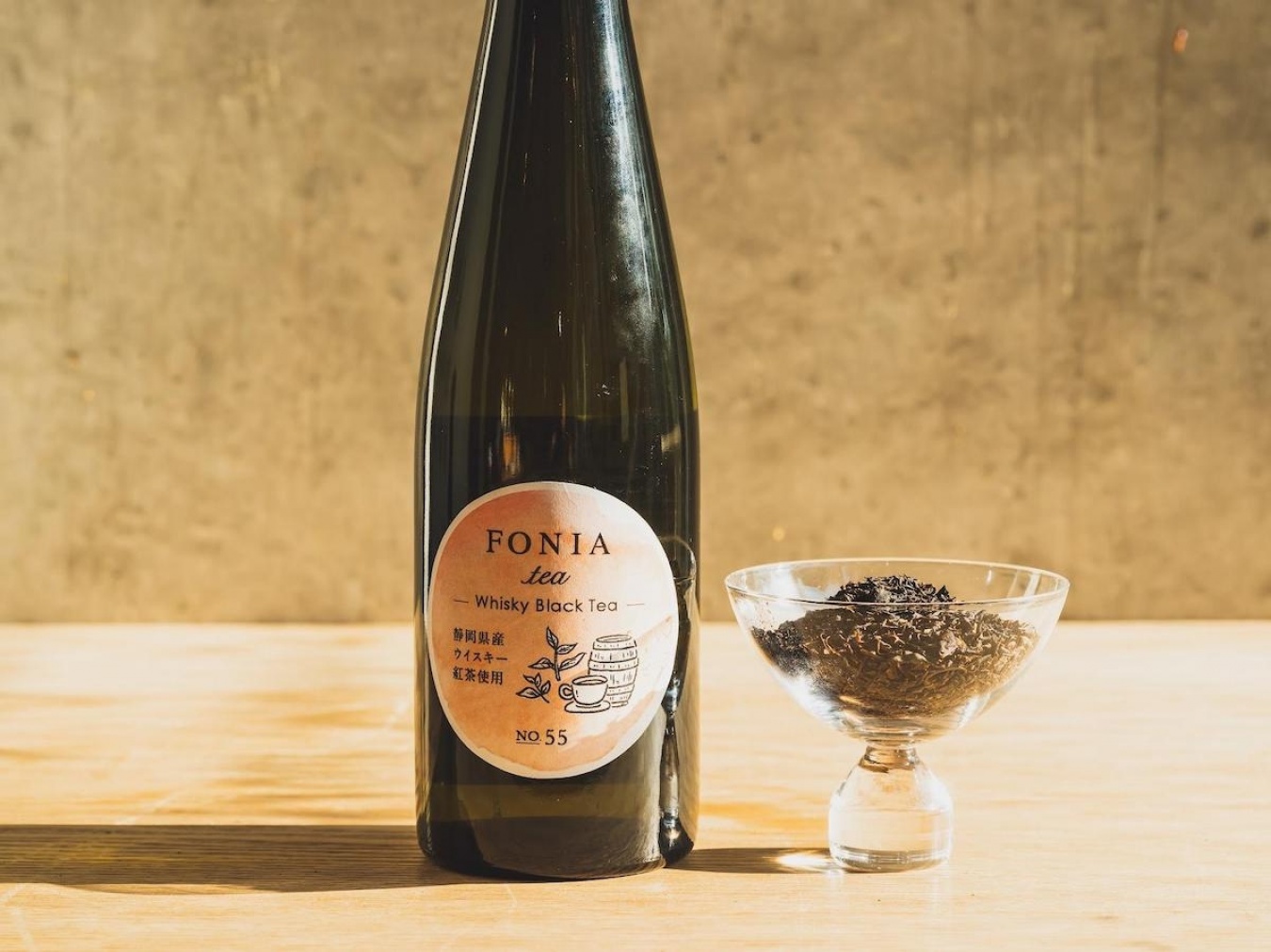
FONIA tea Whisky Black Tea, ¥2,600; also available as a set with 100g of whisky black tea leaves, ¥5,000.
Focus on the fragrance component.
'It's gentle enough to drink at different temperatures, so you can savor it slowly.
If you raise the temperature of the liquid and volatilise the aromatic components, you will feel more aroma, so room temperature is recommended".
According to Mr Toda, who is fascinated by the possibilities of aromatic components, "The interest of tea lies in its aroma, which changes depending on the enzymes in the tea leaves.The interest of tea lies in its aroma, which is changed by the enzymes in the tea leaves".The white malted rice is responsible for this.
'Sweetpotato shochu is sometimes covered with a gorgeous aroma like lychee or flowers, and this is thanks to the enzymes in the white malted rice.
The aroma is preserved in the sweet potato in a state where the aroma and sugar are bound together.
Normally, this aroma is not released from the sugar and therefore cannot be perceived, but the enzyme produced by the white yeast breaks down this bond, allowing a gorgeous aroma to be perceived."
"FONIA tea ~ Whisky Black Tea~" also undergoes a similar fermentation process.Whisky Black Tea" may have undergone a similar fermentation process, which may have made the aroma even more floral.
The clear astringency derived from the tea leaves is a good match with sake, giving it new possibilities.
Brewed sake, with its drastic changes in aroma, also has potential as a secondary ingredient in cocktails.
'In the future, we may be able to draw out the aromas of various plants in addition to tea leaves.'
'WAKAZE' will continue to work together with makers of various craftsmanship perspectives in'In the future, we may be able to draw out the aromas of various plants other than tea leaves.
In the second part, we will introduce the 'tea split', which challenges the limitless combination of tea and spirits.
Continued in Part 2.
SHOP INFORMATION

|
 |
|---|---|
| WAKAZE | |
|
山形県鶴岡市末広町5-22 マリカ西館2階201号室 URL:https://www.wakaze.jp |
- Drink Planet >
- PICK UP >
- The good relationship between tea and fermentation <Part 1>
What is tea brewing by the remarkable Generation Z?
![[Drink Planet] Cocktail portal site for bartenders](/img/common/logo.png)
![[Drink Planet] Cocktail portal site for bartenders](/img/common/logo-l.png)

